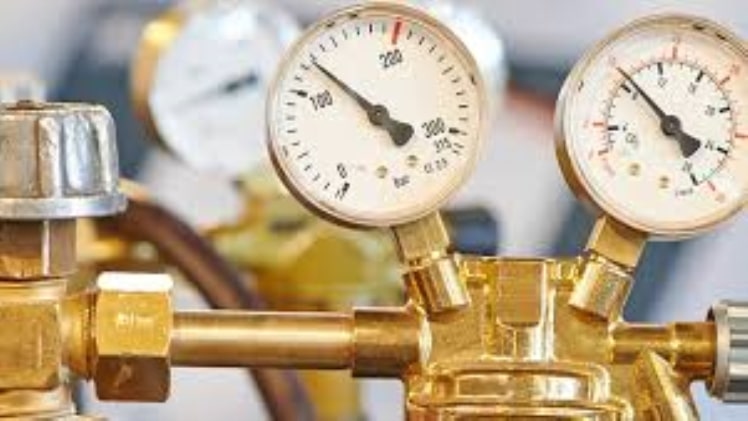Welding is a common practice of amalgamating two metals. There are several processes of welding, like flux-cored welding, inert metal gas (MIG) welding, inert tungsten gas (TIG) welding, and more, that vary according to the environment and the types of metals being welded. Oxy acetylene welding, also known as gas welding, involves the combustion of oxygen with a fuel gas, typically acetylene. Such “gas welding” types are exclusively used for welding thin metal pieces, soft soldering tasks, heat, and release nuts and bolts.
How Does Gas Welding Work?
Gas welding typically involves a red-hot flame of around 3,600°F kindled by burning a mixture of pure O2 and C2H2. The combination of pure oxygen and acetylene produces a temperature of around 6000°F, which is ideal for welding and cutting processes. The base metal is welded with the help of a filler rod that utilises a flame from the acetylene gas blend, produced through the tip of the oxy acetylene welding torch.
Oxygen and acetylene are stored in separate pressurised gas cylinders having regulators to monitor and control the gas pressure. The welder can control the gas flow through flexible hoses with the help of the torch. The gas blend melts the filler rod along with the base material. However, one can also melt two pieces of metal without the involvement of a filler rod.
Characteristics of Gas Welding Processes
The fuel mixture exhibits the following characteristics that make it suitable for welding.
- It utilises pure oxygen and acetylene gases stored separately within pressurised steel cylinders.
- It can switch quickly to a cutting process, changing the welding tip to a cutting tip.
- The acetylene gas blend attains a high temperature of about 6,000°F with an intensely heated flame.
- Regulators control the gas flow and decrease pressure on both gas tanks.
- The gas flow hose is flexible and double-lined to conduct the gas from the tanks to the welding torch.
- The materials are melted and welded together.
- One can regulate the blend temperature by adjusting the gas flow.
What Does Typical Gas Welding Equipment Contain?
The basic equipment for gas welding includes the following:
- Cylinders: The oxygen and the fuel mixture are stored within pressurised steel cylinders.
- Regulators: They control the flow of gases by taking in high pressure and reducing it to lower working pressure.
- Hoses: A flexible non-porous hose is used to conduct oxygen and fuel gas to the torch used for welding. The O2 hose is coded in green, while the gas hose is coded red to avoid the wrong installation.
- Hose fittings: Hoses can be taped together or moulded in the form of Siamese hoses. Oxygen hoses have right-hand threaded fittings, while fuel gas has left-hand threaded fittings. Regulator-mounted and torch-mounted flash arrestors are used on oxygen and fuel hoses to stop flashbacks and backfires from rebounding to the hoses and the cylinders.
- Safety valves: They regulate the unidirectional flow of gases, averting backflow into unintended hoses or cylinders.
- Torches: The variable designs of oxy acetylene welding torches help to control the flame temperature and heat.
- Tips: Tips come in various sizes according to the drilling requirement, having their own mixing chambers in some torch sets.
Oxy acetylene welding is a popular method to melt and amalgamate metals. But handling high-pressure gas cylinders, mixing the gases in proper ratios and utilising the right welding torch and tips require expertise and safety measures. The bright light and noxious fumes may cause serious injuries if suitable precautions are not adopted.

